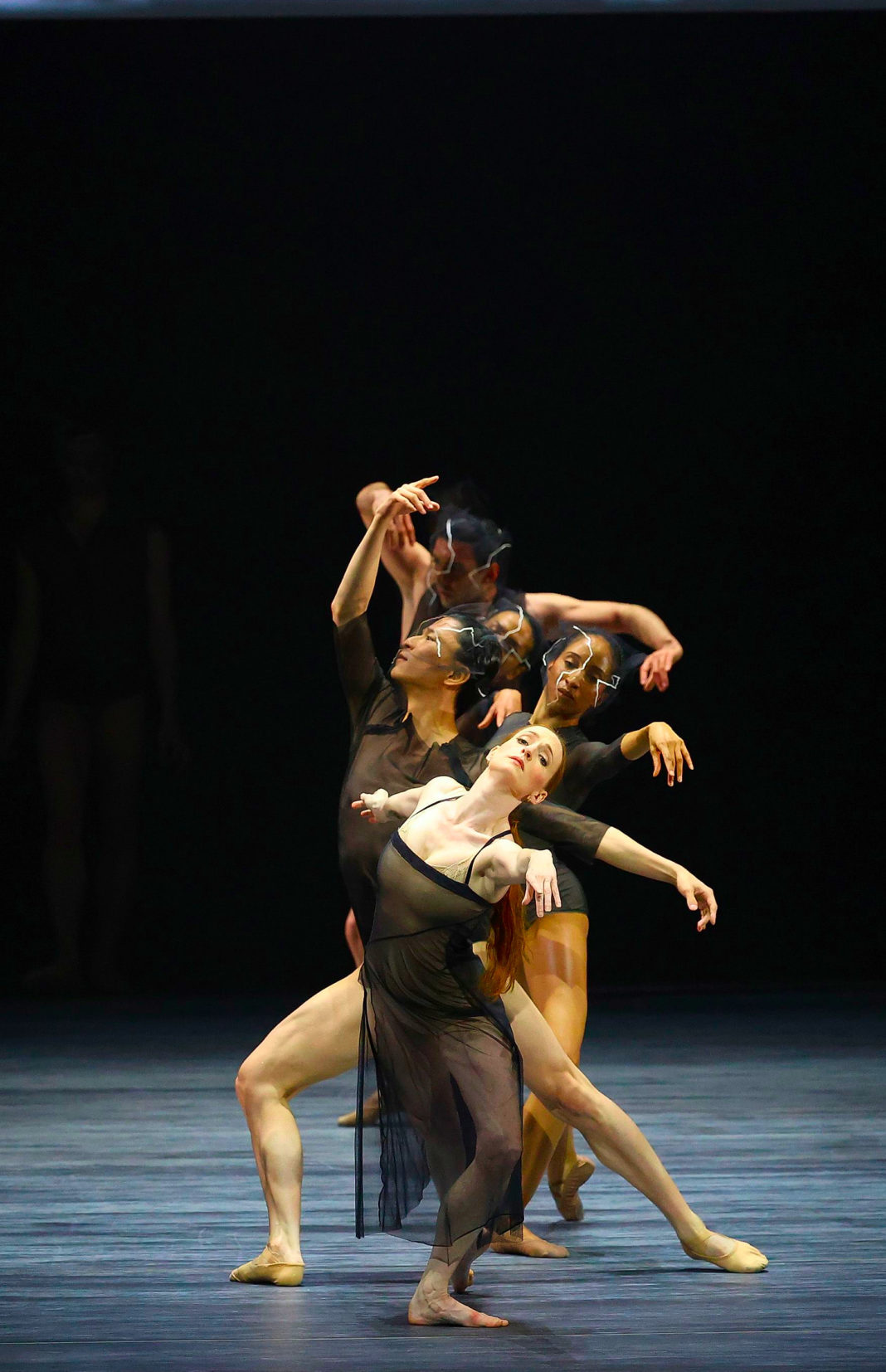A Celebrated Career Concludes: Gillian Murphy’s Final Bow
It was an early summer afternoon. I found myself in a spacious dance studio located beneath the Metropolitan Opera House in New York City. The atmosphere was a stark contrast to the grandeur above; however, as any dancer understands, this is where the genuine work transpires—work that is simultaneously technical and emotional, solitary and collaborative.
My purpose was to witness Gillian Murphy, American Ballet Theatre’s longest-serving principal dancer, preparing for her retirement after an exceptional 29-year tenure with the company. She was rehearsing for her final performance as Odette-Odile in Swan Lake—a ballet renowned for its technical difficulty and emotional depth—with an unexpected partner. Her original partner suffered a recent injury, and Michael Dé La Nuez, a 25-year-old corps de ballet member, was surprisingly selected as his replacement. He had less than a month to prepare for a role that usually requires six months of rehearsal, representing a pivotal moment in his career.
Murphy, wearing a vibrant floral leotard, her long reddish-brown hair neatly tied back, displayed her experience and intuitive understanding. Sensing Dé La Nuez’s apprehension, she gently encouraged him to trust his instincts, emphasizing the unique opportunity for personal expression afforded by the limited rehearsal time. She valued a process of discovery, urging him to trust his abilities.
Later, Dé La Nuez described Murphy’s reassuring presence during rehearsals via email. He emphasized the recurring theme of “intuition” throughout their work. He stated that Murphy never made him feel inadequate, even when he felt overwhelmed. She possessed a remarkable blend of patience and exceptional skill. He recalled her sharing that only a few of her numerous performances were truly flawless, thus suggesting that he not burden himself with perfectionistic pressures.
Beyond her impeccable technique, Murphy’s artistic identity was defined by her emotional intelligence and expressive power. She didn’t just perform roles; she fully embodied them, transforming movement into meaningful expression through subtle gestures. In a genre sometimes characterized by abstraction, Murphy made the intangible readily understandable.
During ABT’s 2025 summer season, Murphy performed a demanding repertoire of roles, including the title role in Giselle, the dual role of Odette-Odile in Swan Lake, and a leading role in Woolf Works, a contemporary ballet inspired by Virginia Woolf’s novels. Her final performance as Odette-Odile served as her farewell.
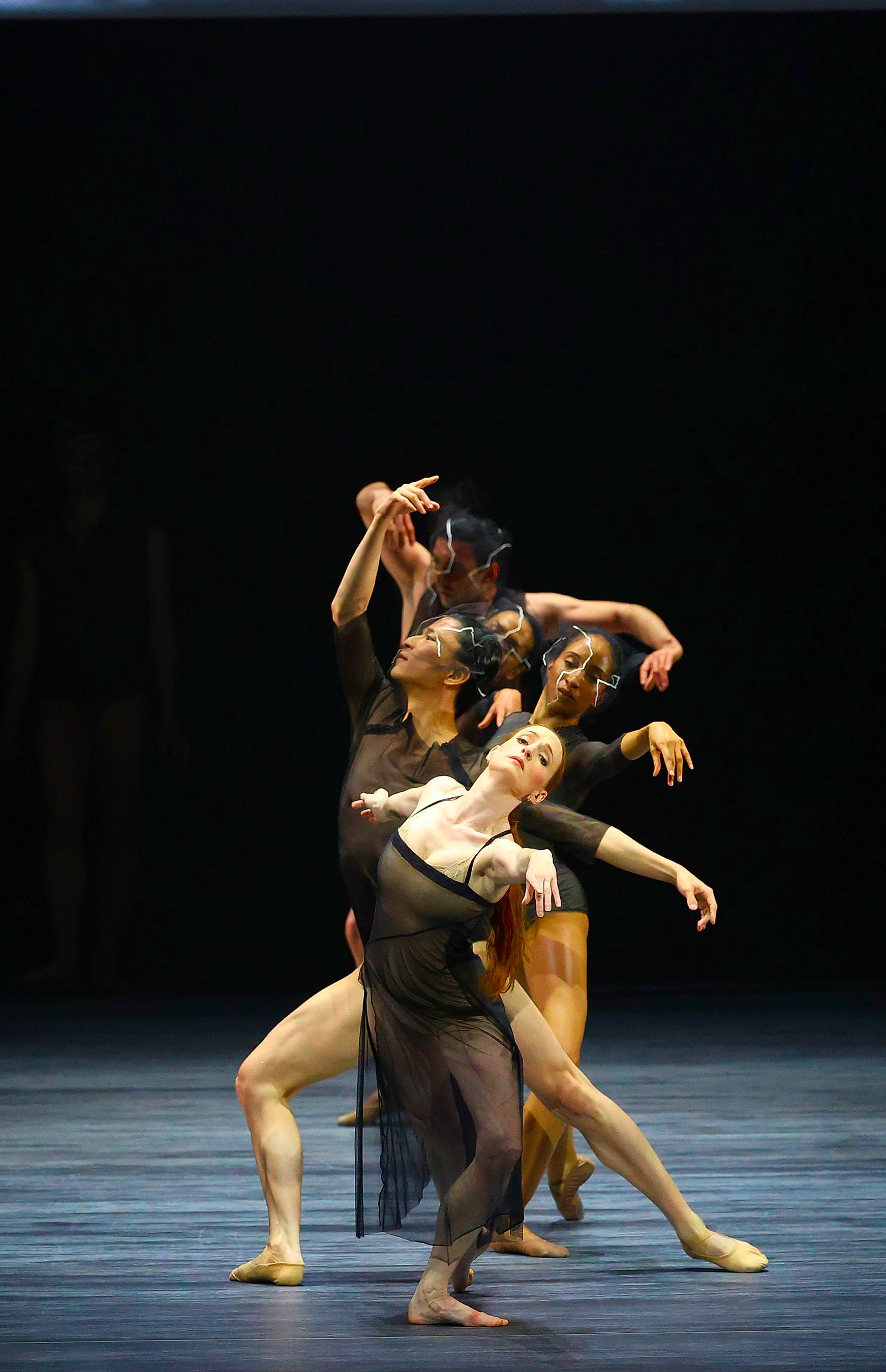
Murphy in Wayne McGregor’s Woolf Works, 2024
Susan Jaffe, ABT’s artistic director and a former principal dancer, described Murphy as a strong, technically gifted dancer with profound artistic depth. Jaffe highlighted Murphy’s ability to portray diverse roles with equal emotional authenticity and power, citing examples like Juliet and the Swan Queen.
Born in England and raised in South Carolina, Murphy started ballet at age three. At 10, she began advanced training, commuting considerable distances. At 14, she relocated to the North Carolina School of the Arts, where she thrived in a supportive community of fellow artists. There, she found a mentor in Melissa Hayden, a former principal dancer who provided invaluable guidance.
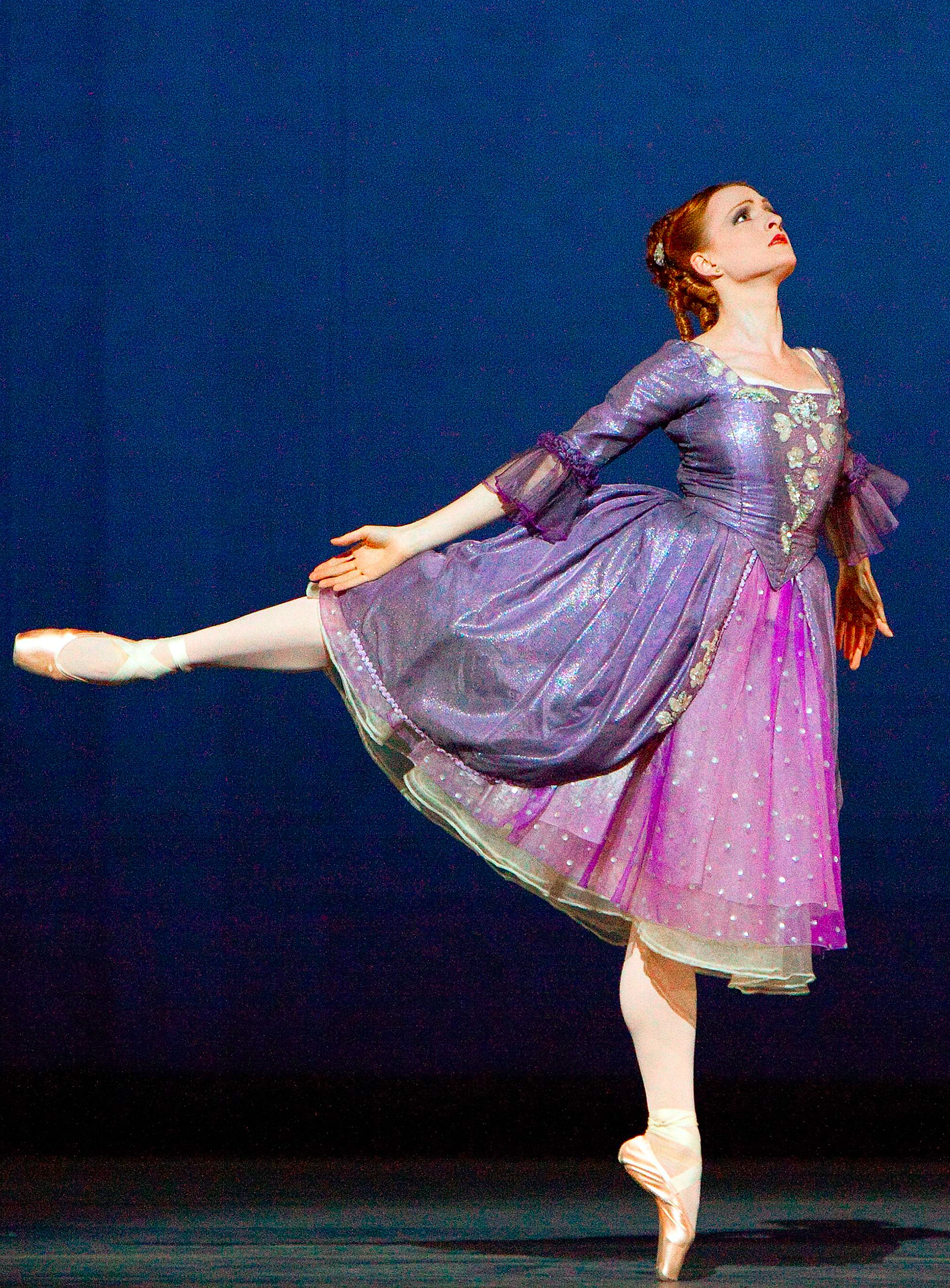
Murphy in Lady of the Camellias, 2010
At 15, Murphy won the prestigious Prix de Lausanne, a competition where she met her lifelong friend and fellow ABT principal dancer, Stella Abrera. An invitation from ABT’s ballet mistress, Georgina Parkinson, after seeing Murphy dance, led to an audition and a contract at age 16. Murphy prioritized completing high school before joining the company in 1996.
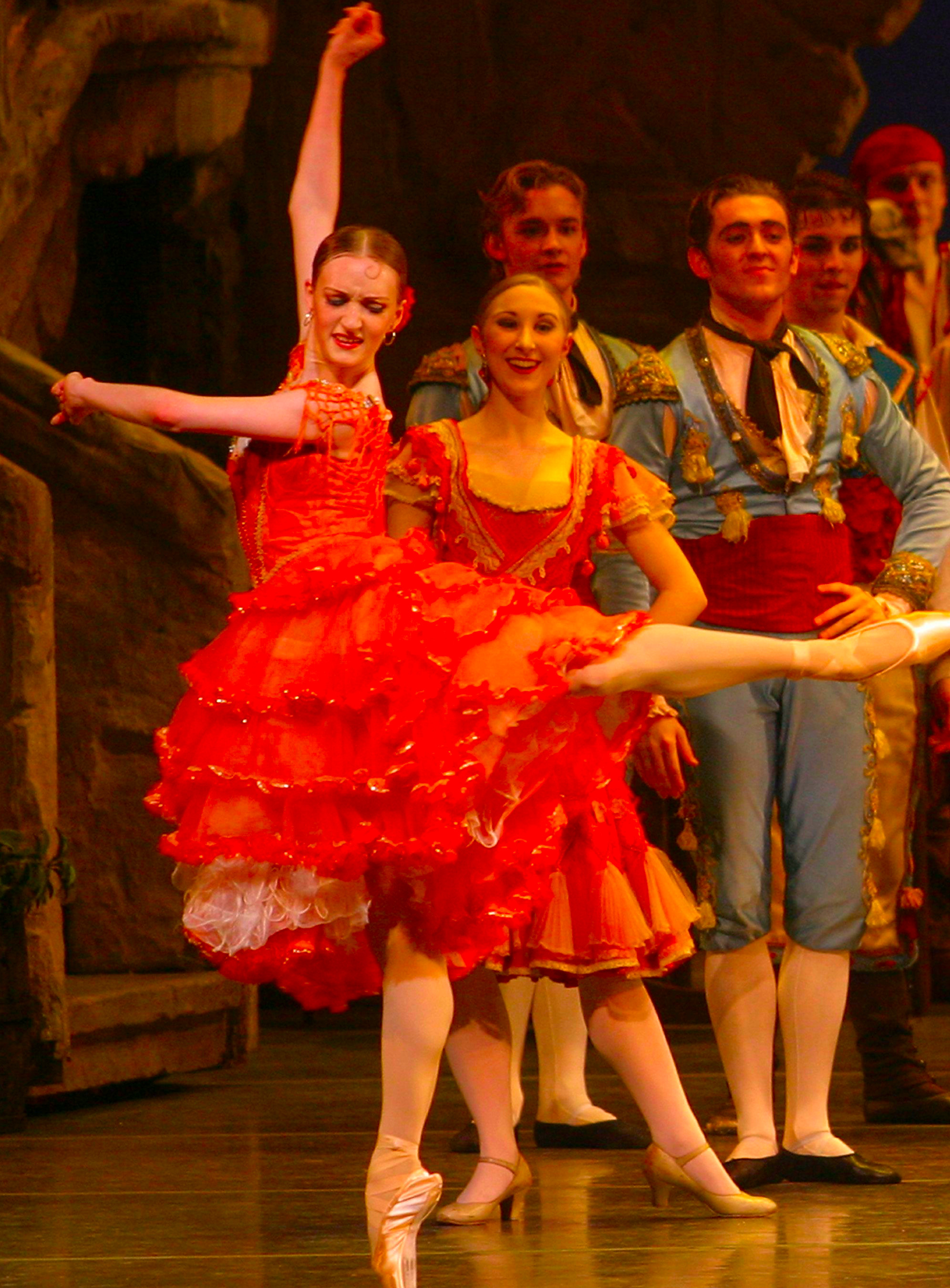
Gillian Murphy in Don Quixote, 2003
Murphy’s rapid ascent to principal dancer within three years of joining ABT was remarkable. An unexpected opportunity to perform a principal role due to a fellow dancer’s illness was a pivotal moment in her career, propelling her to further success. She was cast as Kitri in Don Quixote before 20 and performed in Swan Lake in 2001, solidifying her position within the company. She was promoted to principal the following year.
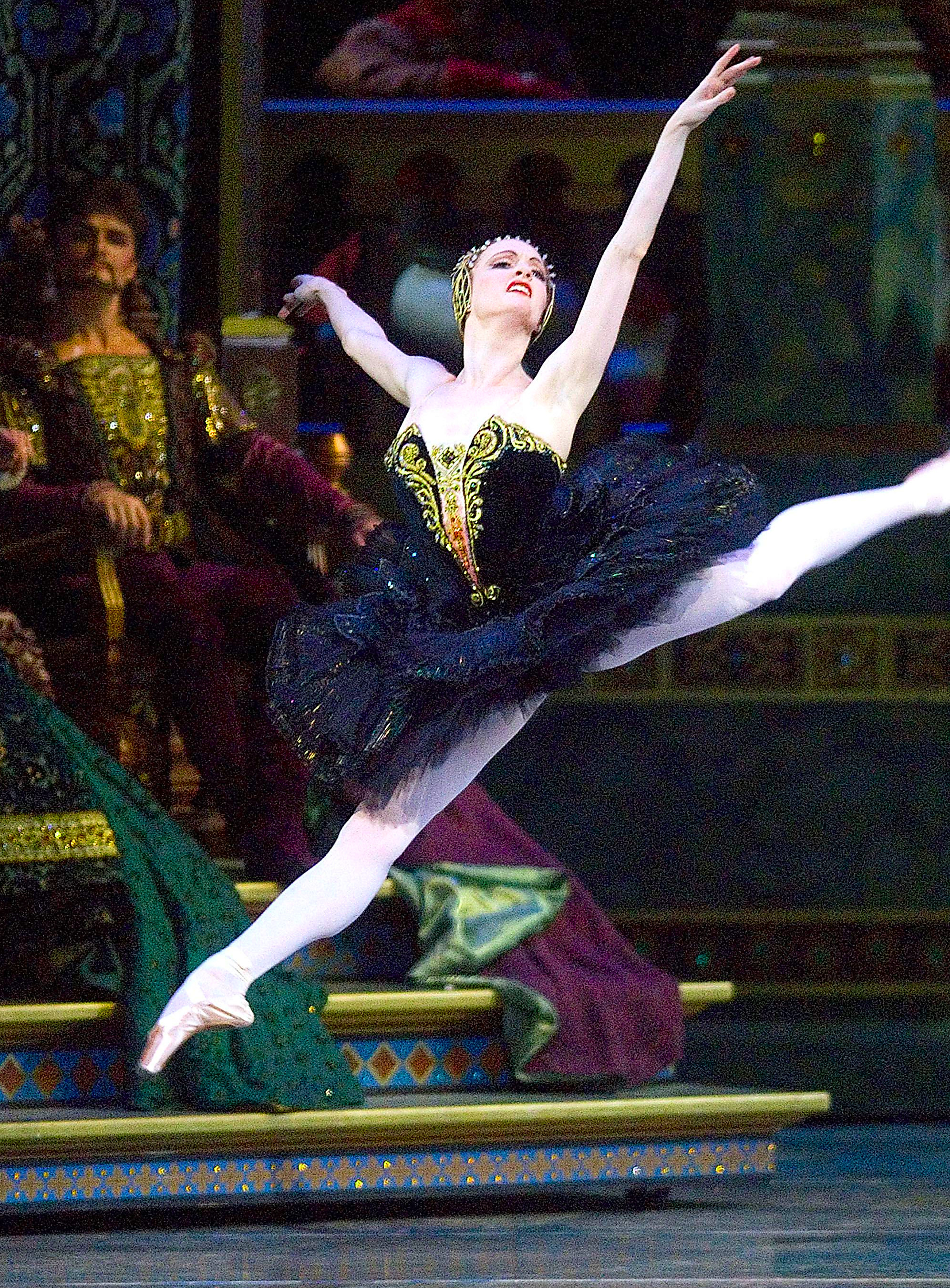
Murphy in Swan Lake, 2007
During her time with the Royal New Zealand Ballet, where her husband, Ethan Stiefel, served as director, Murphy performed in a filmed production of Giselle. Stiefel described her as a fully present and generous collaborator, emphasizing her technical brilliance and emotional depth.
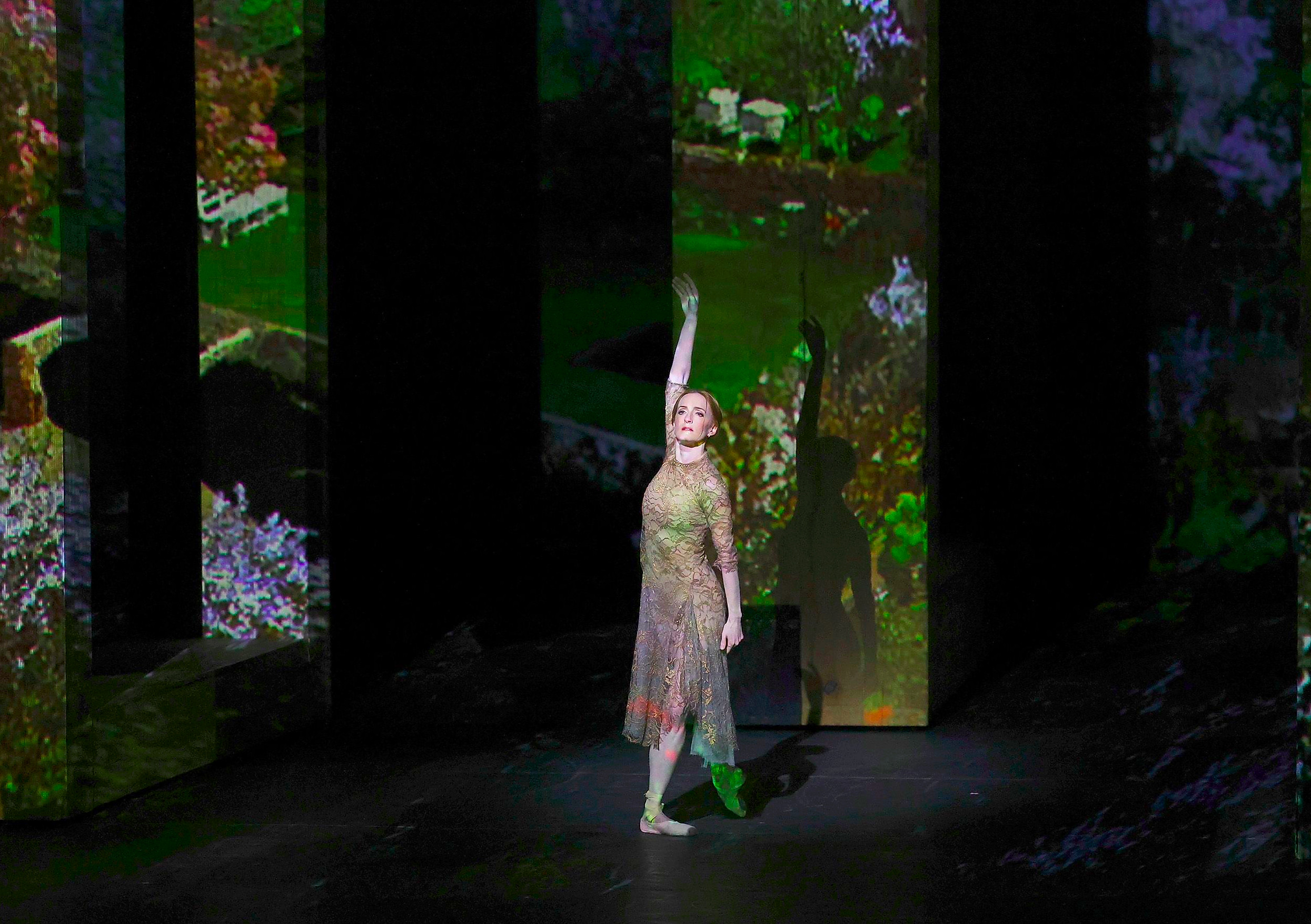
Murphy in Woolf Works, 2024
Preparing for Woolf Works involved revisiting Virginia Woolf’s works, enhancing her understanding of the characters. Murphy’s approach involved a deep emotional engagement with each role, seeking to understand the characters’ motivations and complexities.
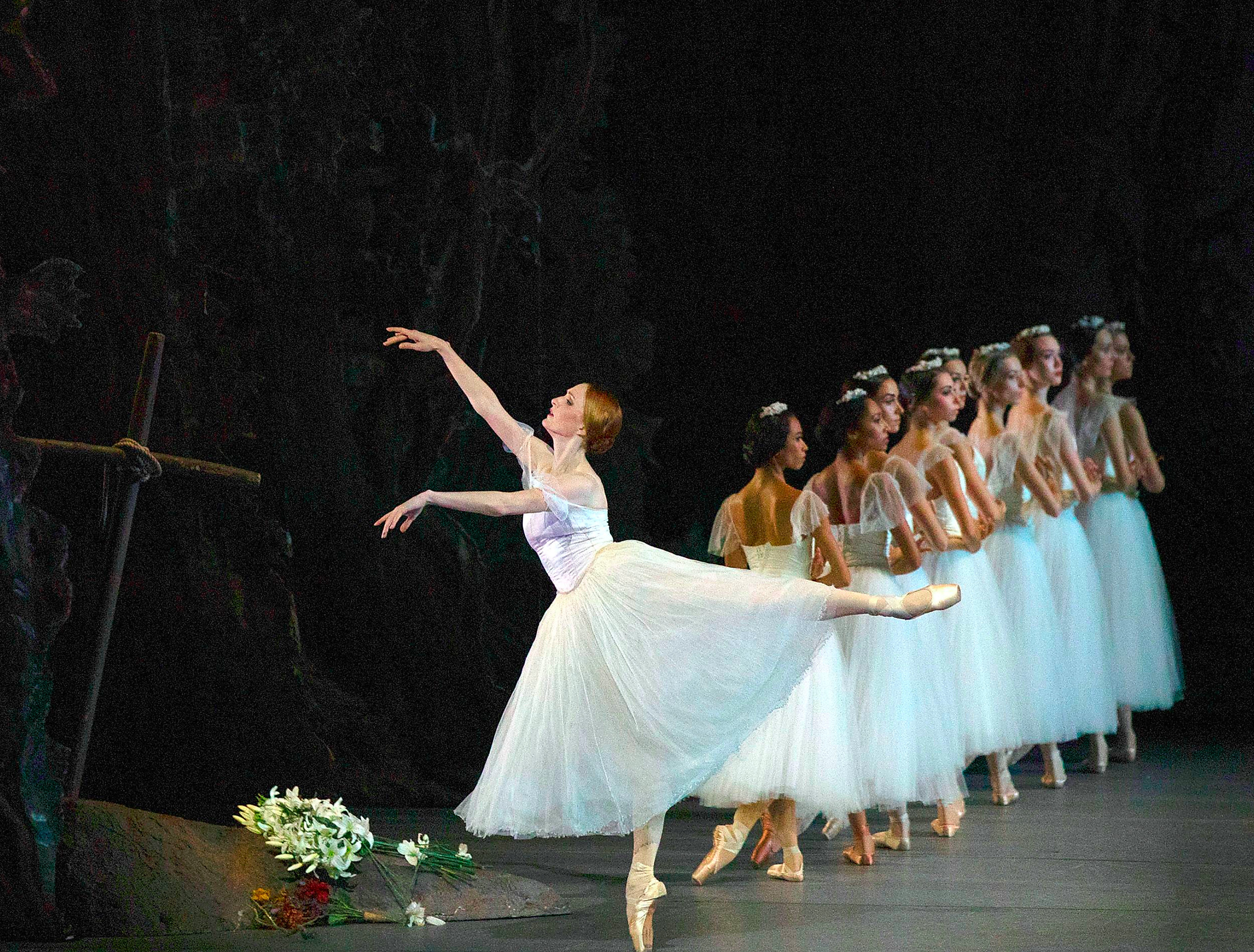
Murphy in Giselle, 2021
Her interpretation of Giselle evolved over time, reflecting personal growth and her experiences inhabiting the role. Her perspective shifted, from identifying initially with the vengeful Myrtha to embracing the vulnerability of Giselle.
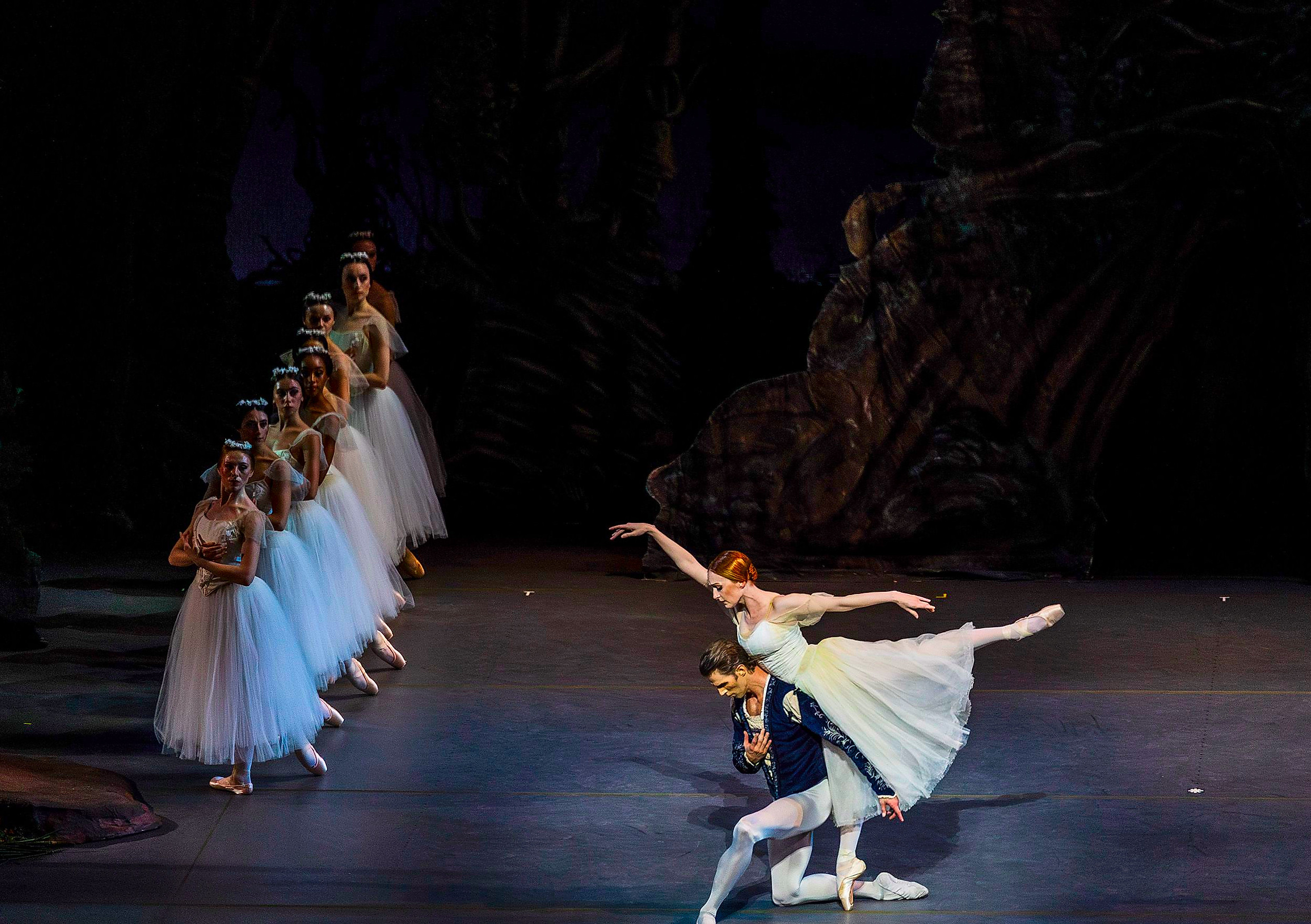
Murphy and Whiteside in Giselle
Her relationship with Ethan Stiefel, met at ABT, significantly influenced her life and career. They shared a deep connection, both personally and professionally, inspiring each other’s artistic journeys. Stiefel’s influence is undeniable, as seen in her planned post-retirement work staging his choreography.
Murphy’s post-retirement plans include spending more time with her family. The conclusion of our conversation revealed a glimpse into her personal life, highlighting her joy in family and anticipation for her son’s attendance at her final performance.
